I posted this last year and I wanted to do it again. Australia is the only country that has fought alongside the U.S. in every major conflicted since WW1. Sorry I didn’t post it last weekend.
The 3rd of November is Kokoda Day or Kokoda Track Day in Australia. The Kokoda Track Campaign was mainly fought between the Australians, and the Japanese, with the Americans helping at first with supplies and then with troops. The Australian troops had to save Port Moresby from being captured by the Japanese because Papua New Guinea would have been a great staging point for Australia’s invasion.
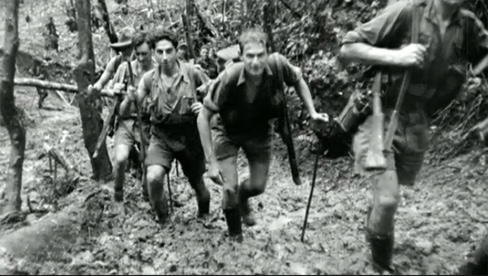
The Australian forces fought exceptionally well in the harsh and unforgiving jungle of the Kokoda Track. More than 600 Allies were killed, and about 75% of the allied troops got sick, with diseases like malaria, dengue fever, and dysentery. The campaign consisted of a series of battles fought between July and November 1942 in what was then Australian Papua New Guinea. The Australian Army halted the furthermost southward advance by Japanese forces in Papua New Guinea and then pushed the enemy back across the mountains.
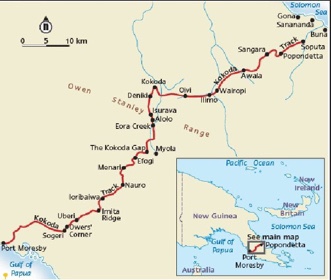
Kokoda was one the most significant battles fought by Australians in the Second World War, first because it was fought so close to home, second because it was kind of Australia’s birth as a prominent player on the world stage. The Kokoda campaign saved Australia from possible invasion from the Japanese. Port Moresby held a tactical position, and preventing the Japanese from reaching it was vital. The battle was fought over five months, and the odds were stacked heavily in favor of the Japanese. They outnumbered the Aussies 5-1, had much better equipment, and a lot more of it, and at the time, they were considered by many the best jungle fighters in the world. The astounding feats performed by the diggers soldiers to hold off the Japanese and turn them back lead to the growth of Australia as a nation.
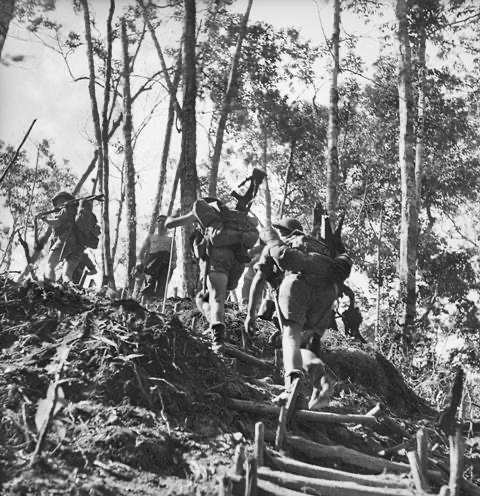
The Kokoda Track started as many small trails used as mail routes and to supply settlements around Kokoda. The military modified it. It became the main route that linked Ower’s Corner, 40 kilometers north-east of Port Moresby, and the small village of Wairopi, on the northern side of the Owen Stanley mountain range. But it was a lot more than 40 kilometers within walking distance because you had to take the jungle into account. The soldiers were challenged by steep, treacherous inclines, deep valleys, dense jungle, a debilitating climate, and drenching rain that frequently turned the ground into that jungle mud that sticks to everything just by looking at it.
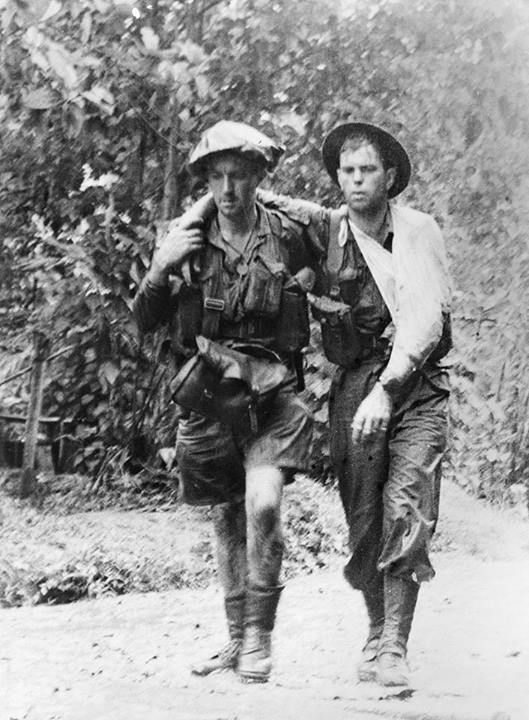
CPL ‘Bull’ Allen was born in 1916 in Ballarat, Victoria. Bull spent his early years with his brother and sister in an orphanage. Bull joined the Second Australian Imperial Force in April 1940 as a stretcher bearer assigned to the 2/5th Battalion. Allen saw action in the Western Desert in 1941 and proved to be dependable, although he was sent to the hospital in early April with “anxiety neurosis.” He rejoined his battalion for the Syria-Lebanon Campaign, where he treated wounds all night under fire near Khalde on July 1, 1941, and then walked 10 kilometers the next morning to reach transport.
Bull’s next adversary in the jungles of New Guinea would be the Japanese, after fighting the Italians, French, and Germans. Allen would be officially recognized for his gallant work as a stretcher-bearer in January 1943, while engaged in defensive operations in Wau. He was given the Military Medal after carrying out many of his fellow soldiers under heavy Japanese fire. (A medal comparable to the Bronze Star in the United Kingdom and Commonwealth.) Bull Allen would be on Mt Tambu with US troops on the 30th of July 1943 as part of the Wau-Salumua campaign. During the battle, Allen moved forward and transported no less than twelve American soldiers to safety. Bull was eventually given the Silver Star for his actions, with the citation reading, “Private Allen’s bearing and untiring efforts in caring to the injured and assisting with rations and stores were an inspiration.”
According to the contemporary diggers “He returned after a second trip. Get in touch with your pal. Jesus Christ is the Son of God. You believe you’ll be able to return this time. They’re wagering on it. He returned after a second trip. That guy deserved a whole case of medals. He had 12 holes in his shirt, his hat and his shirt and that jerk went in and out of there 12 times.” As of 2013 there have been calls for him to be awarded the Victoria Cross.
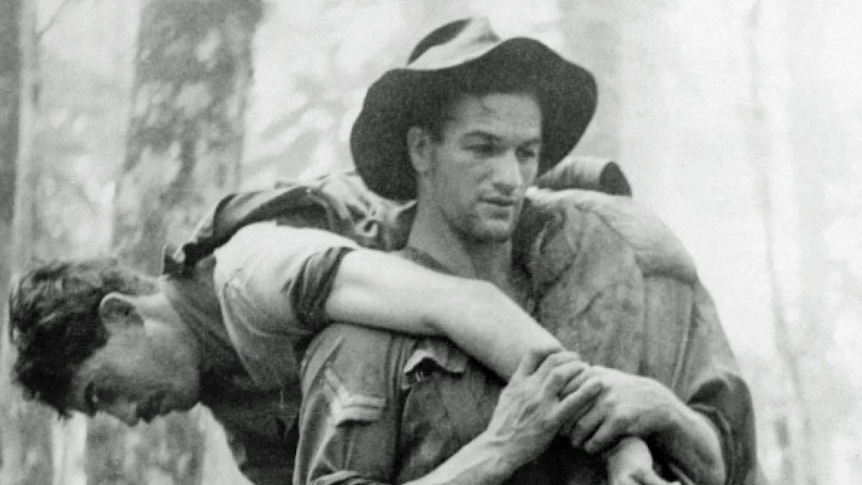
The Australians fought against all odds and without the help of Great Britain. It was fought mainly by Militia (reserve) troops or “chocolate soldiers” as the Australian Imperial Forces (AIF) called them because they were poorly trained, and it was said, “they would melt in the heat of battle.” At the start of the war, Australia sent its best troops, the AIF, to the middle east to help the brits. So, Australia stood up a Militia Battalions to serve in
Australia, to help protect the homeland. The 39th was only to be used on mainland Australia, but the government used a loophole saying that Papua New Guinea was a territory. Hence, they sent the 39th Militia there to help protect the island. This was one of the hardest fought battles in WW2 by anyone.
I have attached a couple of links so you can read about this.
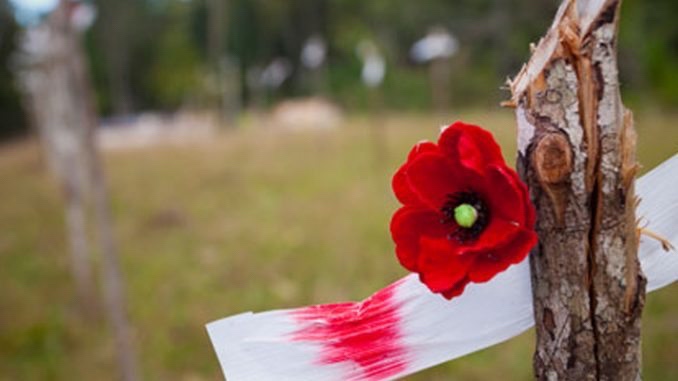
As many military units are getting back into the jungle, this is full of instrumental lessons learned and is an excellent piece of history that should not be forgotten by any side. Stop for a minute or raise a beer to the diggers and all the people that have made the ultimate sacrifice for freedom everywhere and have gone before us. Long Live the Brotherhood.
SCUBAPRO Sunday is a weekly feature focusing on maritime equipment, operations and history.


Good article. The statement that Australia is the only nation that has fought alongside the US in every conflict since WW1 is incorrect. New Zealand has many fallen who can attest to service alongside our American cousins during the same conflicts.
I meant to say the ANZACs are the only ones to support us
And as Australia was committed to both world wars years earlier, it could be said that it was the US in fact that chose to fight alongside Australia in those cases.
“they would melt in the heat of battle.”
Not quite.
Militia units wore dark brown puggaree on the slouch hat while the very few full time/cadre staff wore tan puggaree.
There is a fair amount of documentation for the “melt in the heat of battle” comment.
it is discussed in ‘Invading Australia: Japan and the Battle for Australia, 1942’
Any number of veterans of the campaign reference it.
I don’t think the comment ‘not quite.’ smug as it is, is correct here.
“Not quite” means simply that: ‘not 100% accurate’ rather than ‘not 100% inaccurate’
When the term ‘Choco’ surfaced as a term for Reserves, I did ask surviving relatives re origins of the ‘Chocolate Soldier’
Their response that it was one of many terms those who had fought in the Middle East had for newcomers (mainly precluded from enlistment in the AIF by age) and noted that many in the AIF were Militia members themselves.
After Kokoda & Milne Bay I don’t think too many were suggesting the Militia units “would melt in the heat of battle”